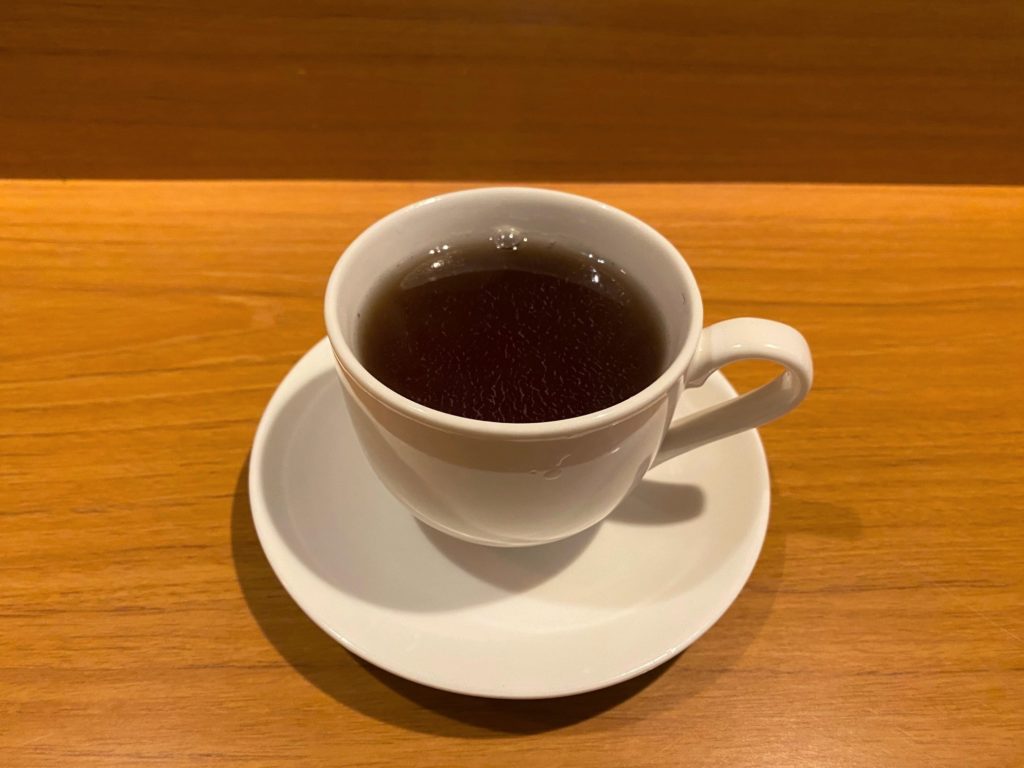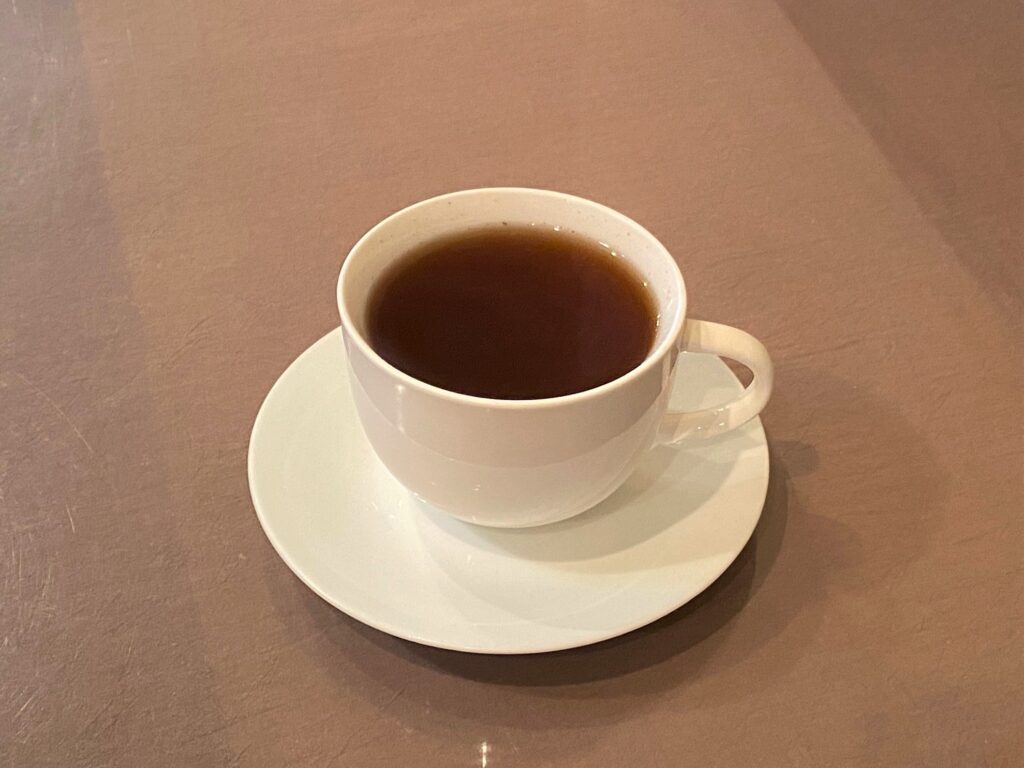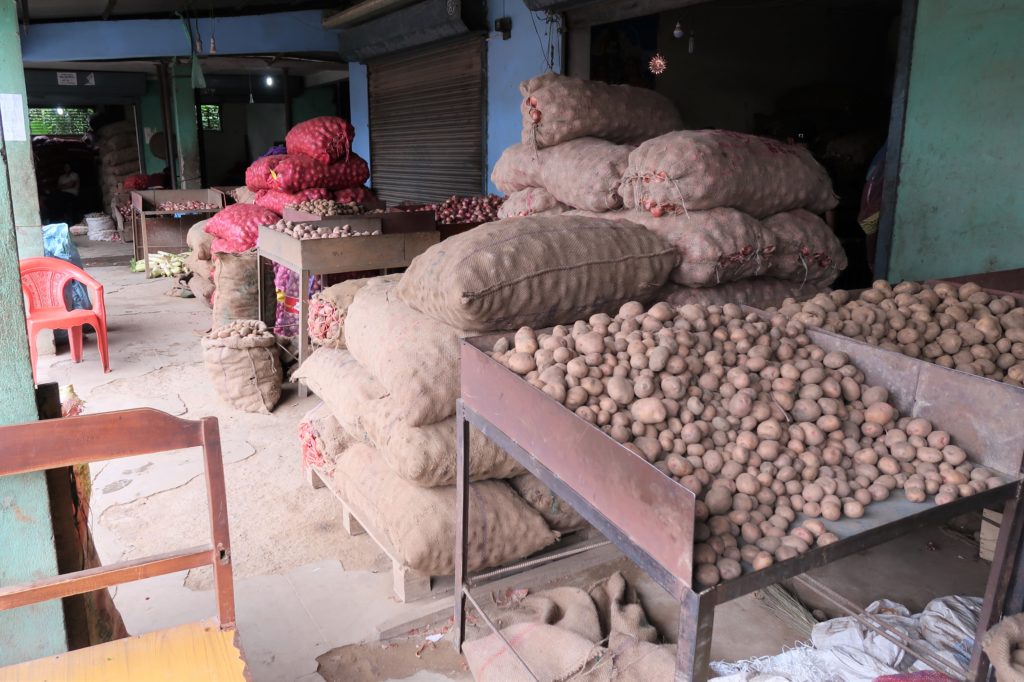Officials suspect the high iodine content in salt being sold in Nepal may be responsible for the alarming rise in non-communicable diseases.
ネパールの専門家たちは『ネパールで売られている塩に含まれるヨウ素(ヨード)の濃度が高いことが、非感染性疾患の増加の原因ではないか』と疑い、インドの製塩工場を訪れ、ヨウ素(ヨード)の濃度を下げるよう言及したというニュースです。
WHO が推奨するヨウ素(ヨード)の濃度は 15から40 ppmですが、ネパールに輸入される食塩は 50 ppmに強化されており、実際には60から70 ppmのものもあるのが現状の様です。
日本ではあまり問題となることはありませんが、ネパールでは昔からヨウ素(ヨード)欠乏による甲状腺機能低下症が問題とされてきました。Madhukar Aryal et al. A prevalence of thyroid dysfunction in Kathmandu University Hospital, Nepal. Biomedical Research (2010) Volume 21, Issue 4 の2005年から2009年にかけての調査などで、疫学的に甲状腺機能低下症の頻度が調査されてきました。
その対策としてヨード添加塩の流通を推し進めてきた経緯は 大西英之. 神馬征峰. ヨード添加塩の流通改善:ネパールにおけるヨード欠乏症対策の鍵 J. Natl. Inst. Public Health, 50 (1), 27-33 : 2001 に詳しく記されています。
最近になって風向きが変わり、Saral Lamichhane et al. Iodine deficiency and thyroid dysfunction: Current scenario in Nepal. Ann Med Surg (Lond). 2022 Oct; 82: 104673. ではヨウ素(ヨード)の過剰摂取に目を向ける時が来たと忠告しており、食塩に含ませるヨウ素(ヨード)濃度の適正化が唱えられています。
Nepal has been able to successfully eliminate the consequences of iodine deficiency disorders with an effective universal salt iodization program. Challenges remain on sustainability of this status; continuous monitoring of salt iodine and periodic assessment of iodine status in the community is needed. We are actually moving on a transition from iodine deficiency state to iodine excess state and the need to address the excess iodine in salt and the use of iodized salt in processed foods cannot be overemphasized. There may be increasing burden of thyroid disorders including hypothyroidism, Graves’s disease and goiter in Nepal due to excess iodine supplementation. It’s the right time that we work with all relevant stakeholders to review the salt iodization standards and consider reduction in the iodine level for production and retail, along with sustaining the desired outcomes that are already achieved.
それが、The Kathmandu Post の記事に記された、今回の当局の動きに繋がっている様です。
 Kathmandu の某店のダルバートで本文とは関係ありません。
Kathmandu の某店のダルバートで本文とは関係ありません。













